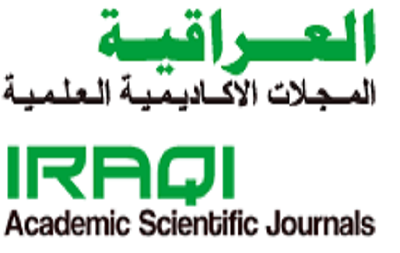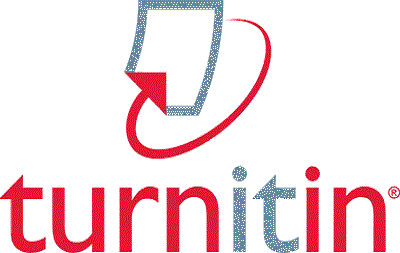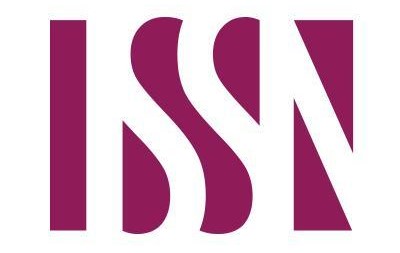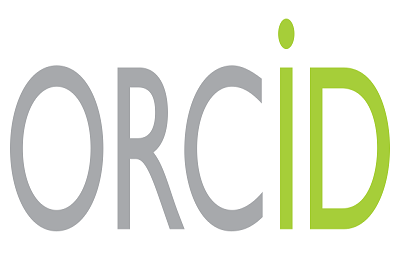Predictive value of scoring accuracy in terms of metabolic equivalent, total body fat percentage, circadian rhythm, and VO2 max in basketball players
Main Article Content
Abstract
The research aims to determine numerical indicators of metabolic equivalent, total body fat percentage, biorhythm, and maximum oxygen consumption for basketball players. The researchers used a descriptive approach on a sample of (40) advanced basketball players in Basra Governorate. After obtaining the results, they were statistically processed using the SPSS program. The following conclusions were reached: Design and standardize skill tests (tapping, handling, and scoring) as indicators for assessing the skill performance level of advanced basketball players. Accordingly, the researchers recommended the necessity of adopting the tests that were designed and standardized and establishing criteria as indicators for assessing the level of training according to physical and skill performance
Article Details

This work is licensed under a Creative Commons Attribution-NonCommercial 4.0 International License.
References
Abdel-Fattah, A.-U. A., & Hassanein, M. S. (1997). Mathematical Physiology and Morphology, Measurement and Evaluation Methods (1st Edition, p. 220). Dar Al-Fikr Al-Arabi.
Asal, F. H., Hammad, S. H., Shabib, S. S., Sabaar, H. J., & Yousif, M. A. H. (2025). La potencia explosiva de las piernas y su relación con los tipos de tiro en baloncesto. Retos, 71, 1228-1238. https://doi.org/10.47197/retos.v72.117559
Al-Saeed, A. A. H. A. (2018). The effect of physical effort on some biochemical and functional variables and some blood parameters of soccer players. Journal of Sports Education Studies and Research, 177–191. https://jsrse.edu.iq/index.php/home/article/view/926
Faleh, S. S. (2019). The center of the weight of the body and its relationship with some kinetic variables and the accuracy of the jump with three points in the basketball for the. Journal of Studies and Researches of Sport Education, /(60), 115–125. https://www.iasj.net/iasj/article/195989
Fattah, A., Ela, A., & Hassanein, M. S. (1997). Physiology and Morphology of Athletes and Methods of Measurement and Evaluation, 1. Dar Alfikr Alarabi, Helwan University, Cairo.
Hassan, A. N. (2019). The Effect of Forming a Proposed Training Load on Developing Some Biochemical Variables and Compound Offensive Skills of Young Basketball Players. Journal of Sports Education Studies and Research, 29(1), 26–37. https://jsrse.edu.iq/index.php/home/article/view/562
Makki, B. H. (2024). The effect of brainstorming strategy (by simile method) on learning some types of shooting Basketball for students. Journal of Studies and Researches of Sport Education, 34(3). https://doi.org/10.55998/jsrse.v34i3.684
Mohammed, M. A., Mohammed, S. A., & Abbas, A. A. (2025). Identify numerical indicators to measure mechanical power and work done and predict the level of jump shooting accuracy for advanced basketball players. Journal of Sports Education Studies and Research, 35(2), 316–324. https://doi.org/10.55998/jsrse.v35i2.1043
Moseekh, L. Z., & Waad, A. R. F. (2023). The effect of exercises using modern training methods on cognitive achievement and performance of some basic skills for Anbar University basketball team players. College of Education for Women Journal, 3.
Muhammad, R. I. A.-M. (2008). Field application of theories and methods of sports training (2nd edition, p. 164). Al-Fadhli Office.
Muhammed, S. A., & Moutashar, Y. H. (2022). Predicting the Level of Skill Performance in Terms of the Explosive Ability of the Arms and the Stability of Scoring for Wheelchair Basketball Players. Journal of Studies and Researches of Sport Education, 32(1). https://doi.org/10.55998/jsrse.v32i1.278
Rahman, M. A. (2018). Predicting the level of health fitness in terms of some motor abilities and body mass index (BMI) for middle school students aged (16-17) years in Basra District. Journal of Sports Education Studies and Research, 43(3), 43–56. https://jsrse.edu.iq/index.php/home/article/view/709





 IASJ
IASJ CC-BY-4.0
CC-BY-4.0 turnitin
turnitin ISSN
ISSN DOAJ
DOAJ Crossref
Crossref GoogleScholar
GoogleScholar Orcid
Orcid